The symphonic poems of Antonín Dvořák stand as towering achievements in the realm of late Romantic music, blending folk-inspired melodies with sophisticated orchestration. Among the many techniques he employed, thematic transformation—often referred to as "thematic metamorphosis"—plays a pivotal role in shaping the narrative and emotional arcs of his works. This compositional device, which involves the gradual evolution of a musical idea throughout a piece, allows Dvořák to weave intricate stories without the need for words. His mastery of this technique is particularly evident in works like The Golden Spinning Wheel and The Water Goblin, where themes mutate to reflect shifting dramatic contexts.
Dvořák’s approach to thematic transformation was deeply influenced by his predecessors, particularly Franz Liszt, who pioneered the symphonic poem as a genre. However, Dvořák infused the technique with his distinct voice, often drawing from Czech folk traditions to create themes that feel both universal and deeply personal. In The Noon Witch, for instance, a simple, lilting motif introduced at the beginning undergoes a series of dark and unsettling variations as the tale of a malevolent spirit unfolds. The theme’s transformation mirrors the psychological tension of the story, demonstrating Dvořák’s ability to harness music as a storytelling medium.
What sets Dvořák apart is his knack for making thematic metamorphosis feel organic rather than contrived. Unlike some of his contemporaries, who might employ abrupt shifts to showcase technical prowess, Dvořák’s transformations unfold with a natural inevitability. In The Wild Dove, the mournful lament of a widow gradually gives way to a more serene, resigned quality, reflecting the narrative’s progression from grief to acceptance. The theme’s journey feels less like a compositional exercise and more like an emotional odyssey, drawing listeners into its unfolding drama.
The orchestration plays a crucial role in these transformations. Dvořák’s skillful use of instrumental color amplifies the impact of each thematic shift. A melody introduced by the strings might later reappear in the woodwinds, altered in rhythm or harmony to suggest a change in mood or perspective. In Hero’s Song, a triumphant brass fanfare gradually dissolves into a more introspective, string-dominated passage, the theme’s transformation underscoring the protagonist’s inner conflict. This attention to timbral detail ensures that each metamorphosis is not just heard but felt.
Critics have long debated whether Dvořák’s thematic transformations were primarily narrative-driven or purely musical in intent. Some argue that his symphonic poems adhere closely to their programmatic sources, with every shift in the music corresponding to a plot point. Others contend that the transformations serve a more abstract purpose, exploring the expressive potential of the themes themselves. The truth likely lies somewhere in between. Dvořák’s genius was his ability to balance storytelling with musical innovation, creating works that resonate on multiple levels.
Modern audiences continue to be captivated by the emotional depth and ingenuity of Dvořák’s thematic metamorphoses. Performances of his symphonic poems often highlight these transformations, with conductors and musicians emphasizing the subtle nuances that signal a theme’s evolution. In an age where music is increasingly consumed in fragmented ways, Dvořák’s insistence on organic development feels almost radical. His works remind us of the power of patience, of allowing an idea to unfold and mutate over time, revealing new facets with each iteration.
Ultimately, Dvořák’s symphonic poems stand as testament to the enduring power of thematic transformation. Through this technique, he was able to bridge the gap between folk tradition and high art, between storytelling and pure music. His themes, in their various guises, linger in the mind long after the final notes have faded, a testament to their emotional resonance and structural ingenuity. In exploring the myriad ways a musical idea can evolve, Dvořák not only expanded the possibilities of the symphonic poem but also left a legacy that continues to inspire composers and listeners alike.
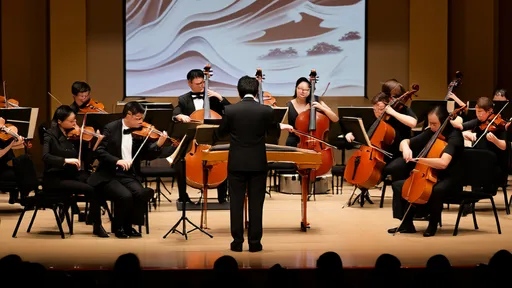
By /Jul 17, 2025

By /Jul 17, 2025
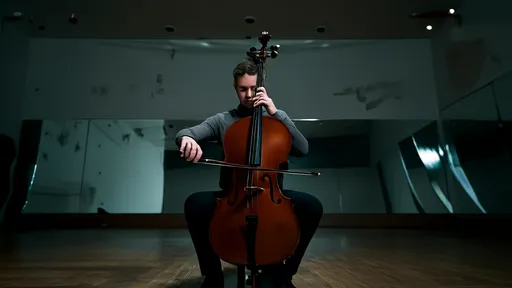
By /Jul 17, 2025
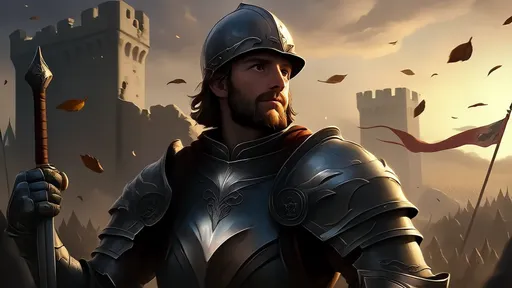
By /Jul 17, 2025

By /Jul 17, 2025
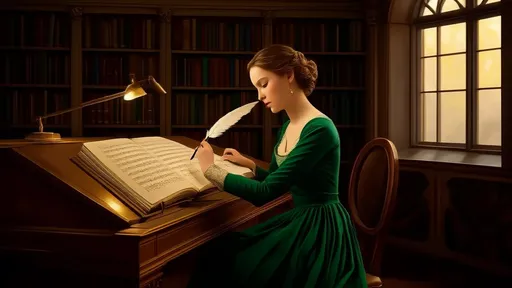
By /Jul 17, 2025

By /Jul 17, 2025
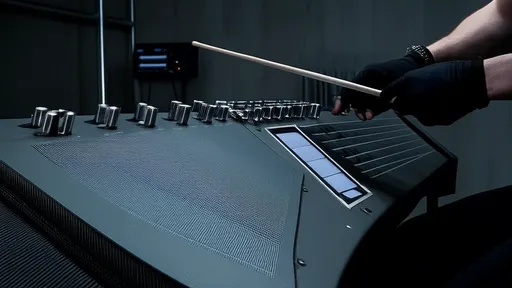
By /Jul 17, 2025

By /Jul 17, 2025

By /Jul 17, 2025

By /Jul 17, 2025
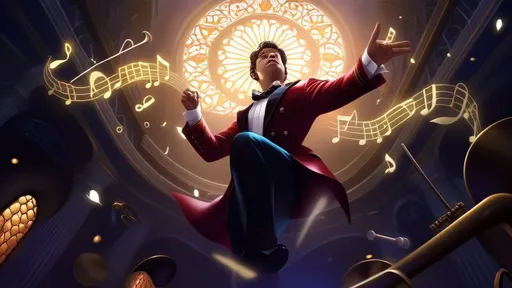
By /Jul 17, 2025
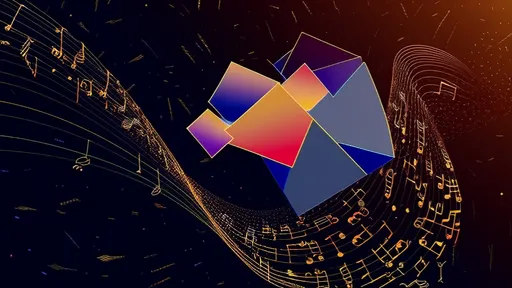
By /Jul 17, 2025
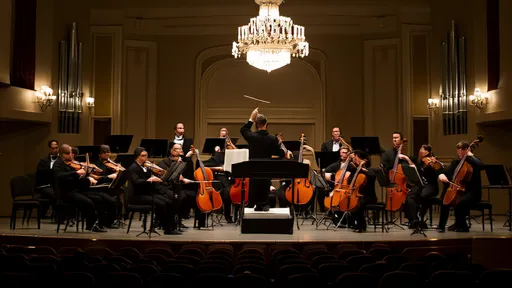
By /Jul 17, 2025
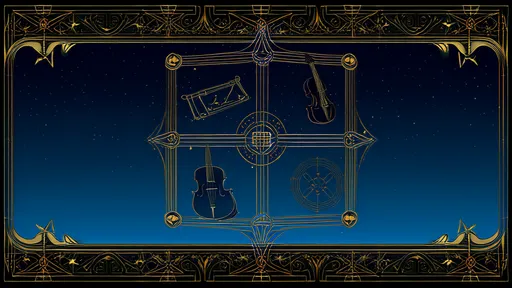
By /Jul 17, 2025
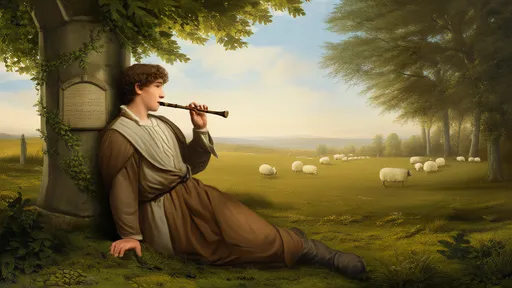
By /Jul 17, 2025

By /Jul 17, 2025
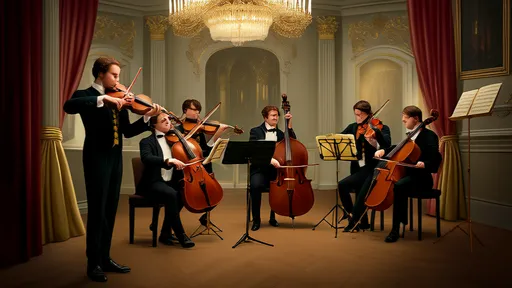
By /Jul 17, 2025